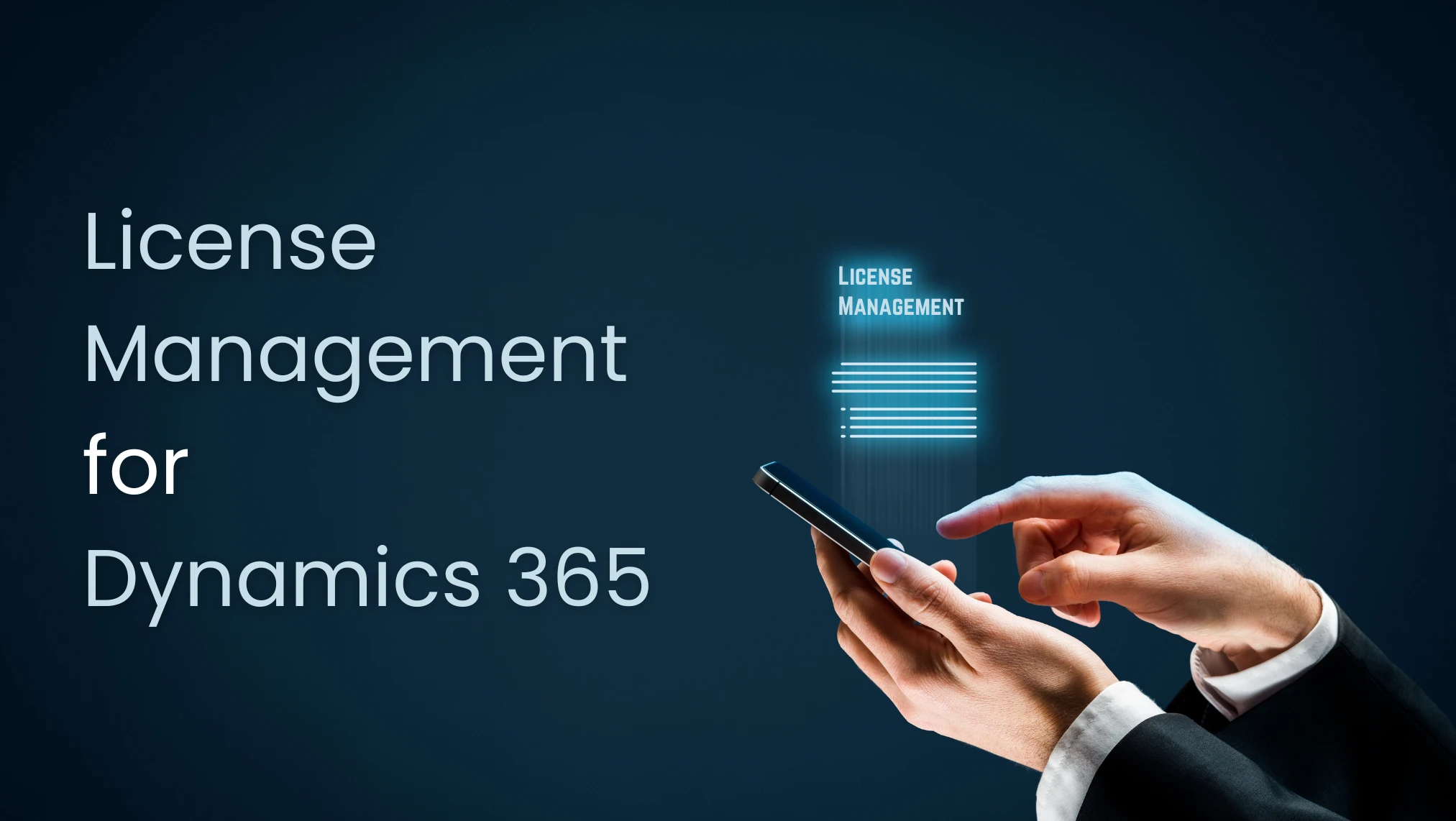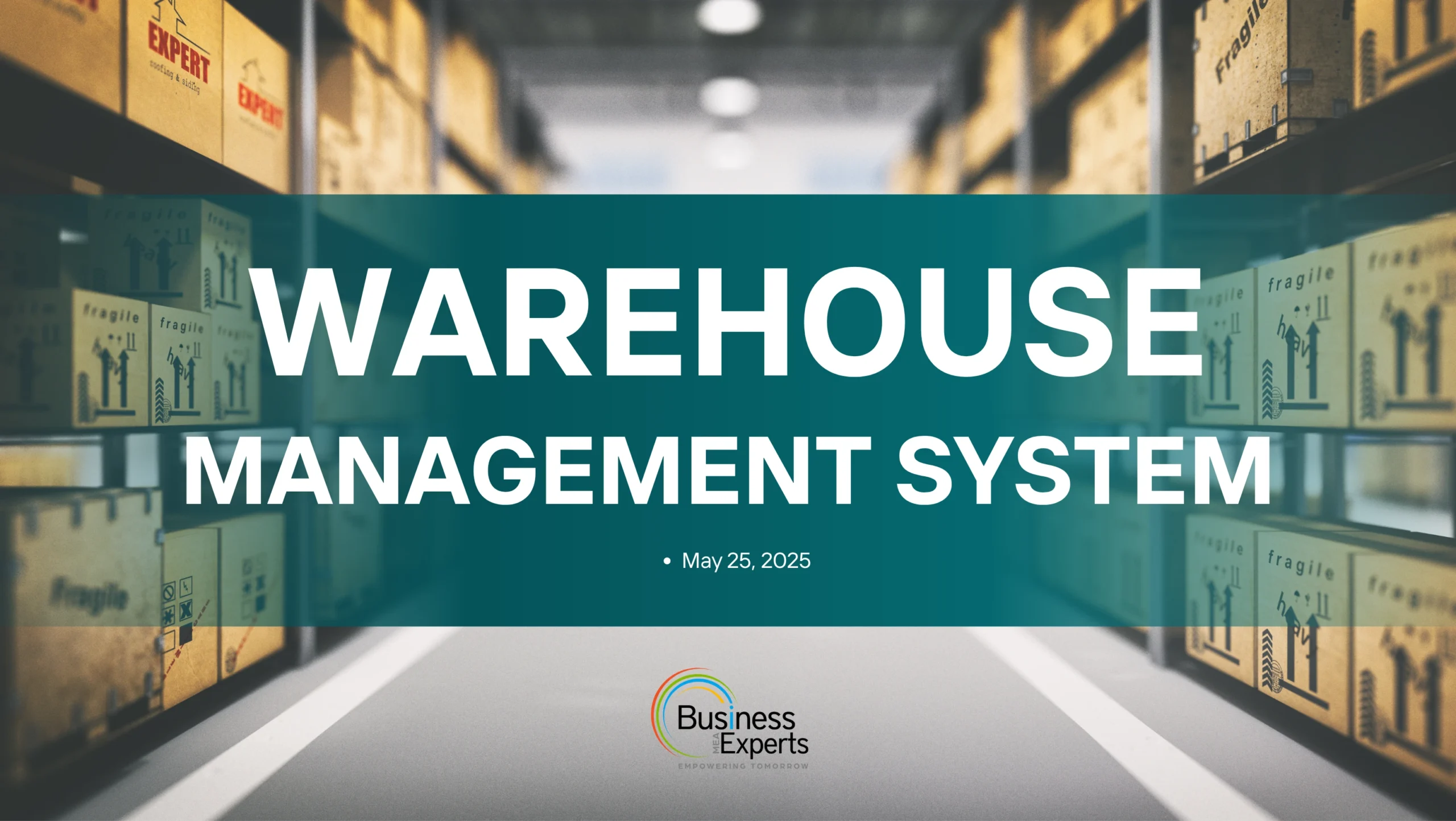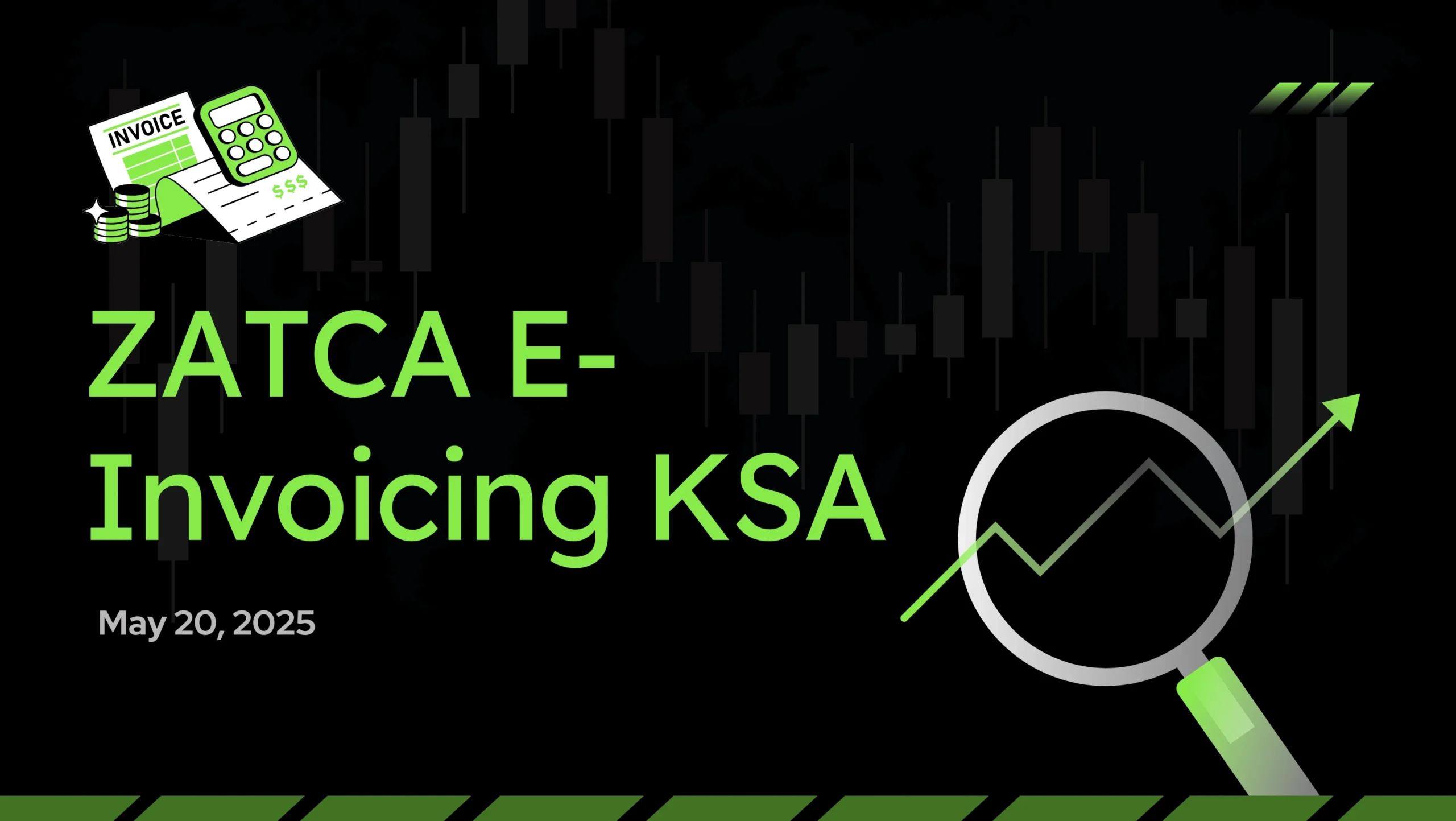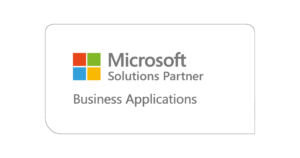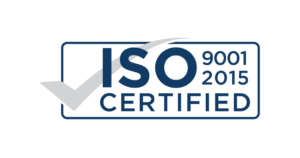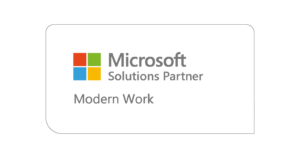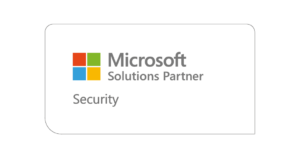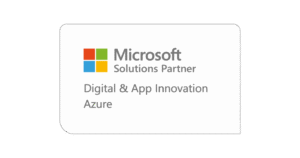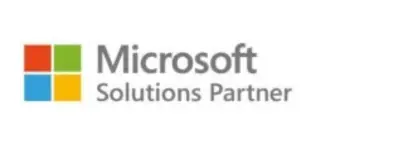Microsoft Dynamics 365 license management is a tricky and tiring process, especially when you have to manage multiple users, apps, and services. Microsoft is making managing these licenses easier by bringing forth several key updates. These updates, from April 30, 2025, will help administrators have better control and improved visibility and ensure that everything is compliant across all Dynamics 365 apps.
Key Dates and Steps for Simplified License Management

As Microsoft deploys these changes, it’s important to mention key dates that will guide you through the transition. These milestones will keep you up to date and updated as needed in a timely fashion.
April 30, 2025: The major change will drop, bringing expanded license reporting into the Power Platform admin center. This will make it easier for administrators to gain an overview of license usage in all security roles within Dynamics 365 apps. Additionally, unauthorized users will be reminded, urging them to consult their admin with the correct licenses.
August 30, 2025: As of this date, all Dynamics 365 customers will need to license user licenses in the Microsoft 365 Admin Center for individual applications. These include:
- Finance
- Finance Premium
- Supply Chain Management
- Supply Chain Management Premium
- Commerce
- Project Operations (within Dynamics 365 Finance and Operations)
- Human Resources
This step towards centrally assigning licenses is an effort to make everything simpler and more visible and to bring in better control of license use. Organizations should start assigning licenses in advance so that any issue does not come up, since non-license users will no longer be able to access such applications.
LEP: Key Features and Benefits
The License Enforcement Platform (LEP) is intended to simplify license management for Dynamics 365 organizations. Centralizing the management of licenses, LEP provides a variety of features to automate the process for administrators and users alike.
Here’s how LEP will assist:
Easy and Centralized License Management: LEP simplifies license management by providing a single location to assign and manage licenses. This minimizes the risk of errors and makes administration easier.
Easy License Verification: The users can easily check if they possess suitable licenses to utilize specific features in Dynamics 365. This maintains everything in compliance.
Improved Compliance: LEP helps ensure that only the users are able to see features they have been licensed for. This reduces the likelihood of unauthorized use and keeps things in line with Microsoft’s licensing rules.
Improved Reporting: LEP has comprehensive reports available on license utilization. Administrators can utilize the reports to catch any gaps or discrepancies in the assignment of licenses, enabling them to act ahead of time.
Proactive Notifications: If the user lacks the required license, LEP will proactively alert them in Dynamics 365 to contact their admin for the appropriate license. This avoids surprises when access is limited.
How to Prepare for a Smooth Transition
To ensure a smooth transition to these new aspects of licensing, it is important to take action now. By reviewing your current license management procedures and refreshing them as necessary in advance, you can avoid any disruption when the new system goes live.
Some steps to prepare you are as follows:
Verify the “Finance and Operations User License Level Overview Report”: The Power Platform admin center will serve as your point of reference for understanding what licenses are in use. This report will give you a clear picture of your company’s license assignments so that you can identify areas of concern.
Start Assigning Licenses through the Microsoft 365 Admin Center: From today onwards, all licenses need to be assigned through the Microsoft 365 Admin Center. Familiarize yourself with the process so that you are ready to use it once the changes are fully rolled out.
Communicate with Users: It’s important to keep your users informed about these changes. Let them know they may receive notifications if they don’t have the right licenses and explain the process for requesting the proper licenses.
By taking these steps early, you’ll be well-prepared for the new licensing system and avoid any last-minute issues.
Understanding License Reporting

The new system offers administrators more visibility into license usage, enabling easier tracking of license use and quicker detection of issues. How to leverage the new reporting features:
In the Power Platform Admin Center:
Administrators can view comprehensive reports on license assignment and usage. These reports will suggest steps to rectify any discrepancies in license assignments, making it easier to stay compliant with licensing policies.
In Dynamics Lifecycle Services (LCS):
For customers who have multiple Dynamics 365 environments, LCS will be part of the Power Platform admin center. That means both customers and their system implementation partners will be able to view the same reports, so all of them will be able to be on the same page easily.
In-Product Reporting:
As part of the ongoing initiative to improve security and compliance, version 10.0.43 of Dynamics 365 will provide admins with even more visibility. This public preview version, released now, will allow administrators to track compliance and user access more efficiently. These features will be fully available by July 2025.
Effortless License Management in Dynamics 365
The Dynamics 365 changes in license management are aimed at simplifying the process, making it easier to manage, and making it more transparent. With LEP being introduced and the shift towards centralized license assignments, administrators will get more control over who accesses what in Dynamics 365 applications. This will reduce administrative efforts while keeping compliance in check.
By doing what is outlined here and getting ready for the changes ahead, your organization will be able to make full use of these new capabilities. For Business Experts MEA LLC, a trusted expert in Microsoft Dynamics 365, Power BI analytics, and Azure cloud solutions, this presents an excellent opportunity to help clients streamline their operations and stay ahead of the evolving Microsoft ecosystem.

